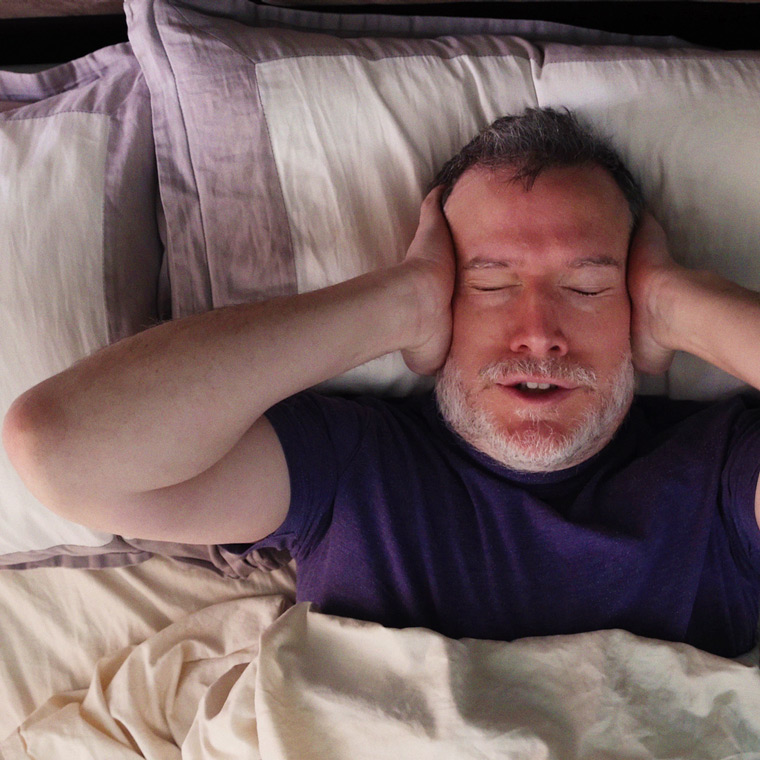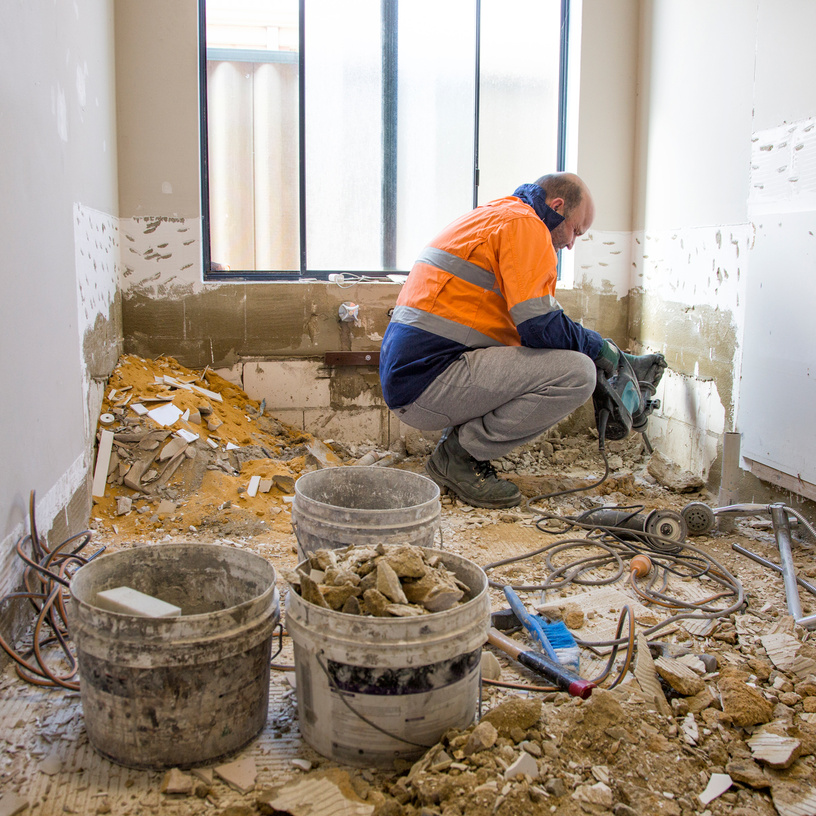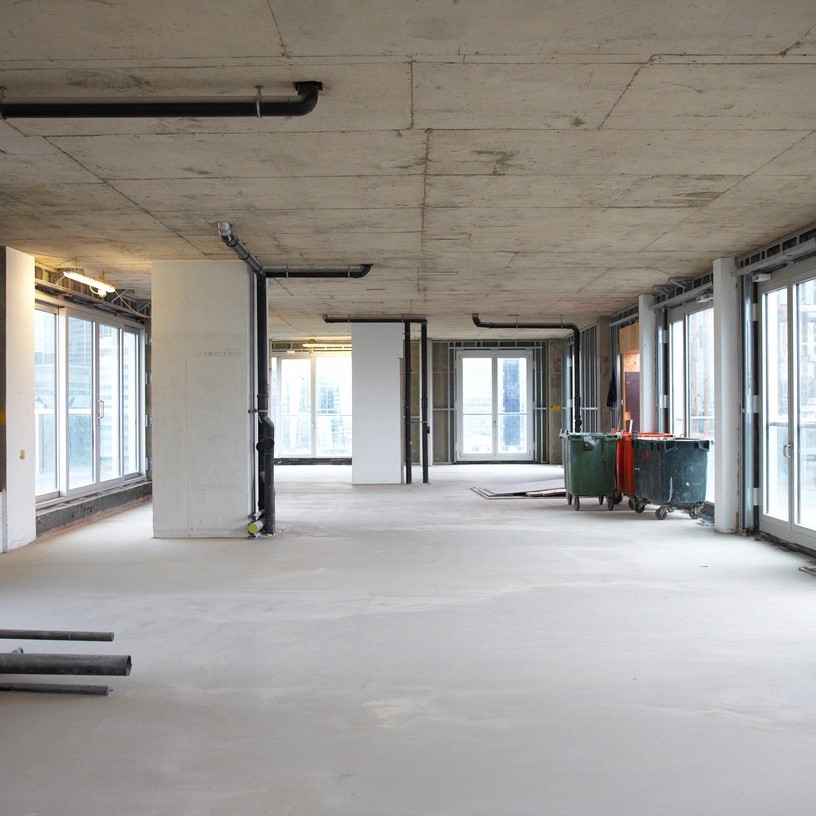Unwanted noise disturbs sleep and productivity
Unwanted noise is distracting and can affect focus. Night time noise also affects sleep. 30 percent agree that noise from areas such as sanitary fittings should not be audible, especially at night as disturbed sleep has both short- and long-term repercussions.
A quiet environment is a sanctuary for rest and focus
Effective acoustic insulation helps one to be focused and feel at ease. It also brings about a sense of privacy and security. However, building acoustics and noise control are extremely complex issues, dependent on multiple parameters and sources of noise that needs to be considered and mitigated. These include factors such as building layout and design, type of construction material used, the HVAC and sanitary pipe system arrangements as well as the equipment involved.
Multitude of variables complicate noise control strategy
Airborne noise is noise transmitted through the air. Structure-borne sound results from the physical vibration of materials caused by some impact or other form of mechanical excitation that causes vibration.
In most cases, structure-borne sound travels through the building structure via construction materials, frame and interior elements. It eventually becomes airborne sound that can be heard at some distance from its source, perhaps several floors away. Airborne sound also can become structure-borne, causing surrounding surfaces to vibrate. The airborne-to-structure-borne conversion can repeat multiple times until the sound source stops. Hence, structure-borne noise in buildings should be eliminated.
Other sound, such as reflected sound can also occur - such as in technical ducts around pipes.
A reduction of 10 dB(A) is equivalent to 50% reduction in perceived volume by the human ear.
Identify the right solution for the challenge
Airborne sound plays a greater role in water pipe systems as compared to structure-borne noise. A PVC pipe of 110mm diameter with a flow of 2 litres per second could cause approximately 55 dB(A) of airborne noise as compared to 22 dB(A) of structure-borne noise. Insulation at the source will help to resolve this - insulating the pipes or decoupling it from the support or from their connections to the frame with a acoustic barrier material. Such sound barrier materials are non-porous and dense and used to restrict the passage of airborne acoustic disturbance from one side to the other.
Turbulent airflow within the duct can cause duct-borne noise and also cause duct walls to vibrate and rumble to radiate low frequency airborne noise. Insulation with sound absorption materials help to reduce reflections from surfaces and decrease reverberation within spaces.







